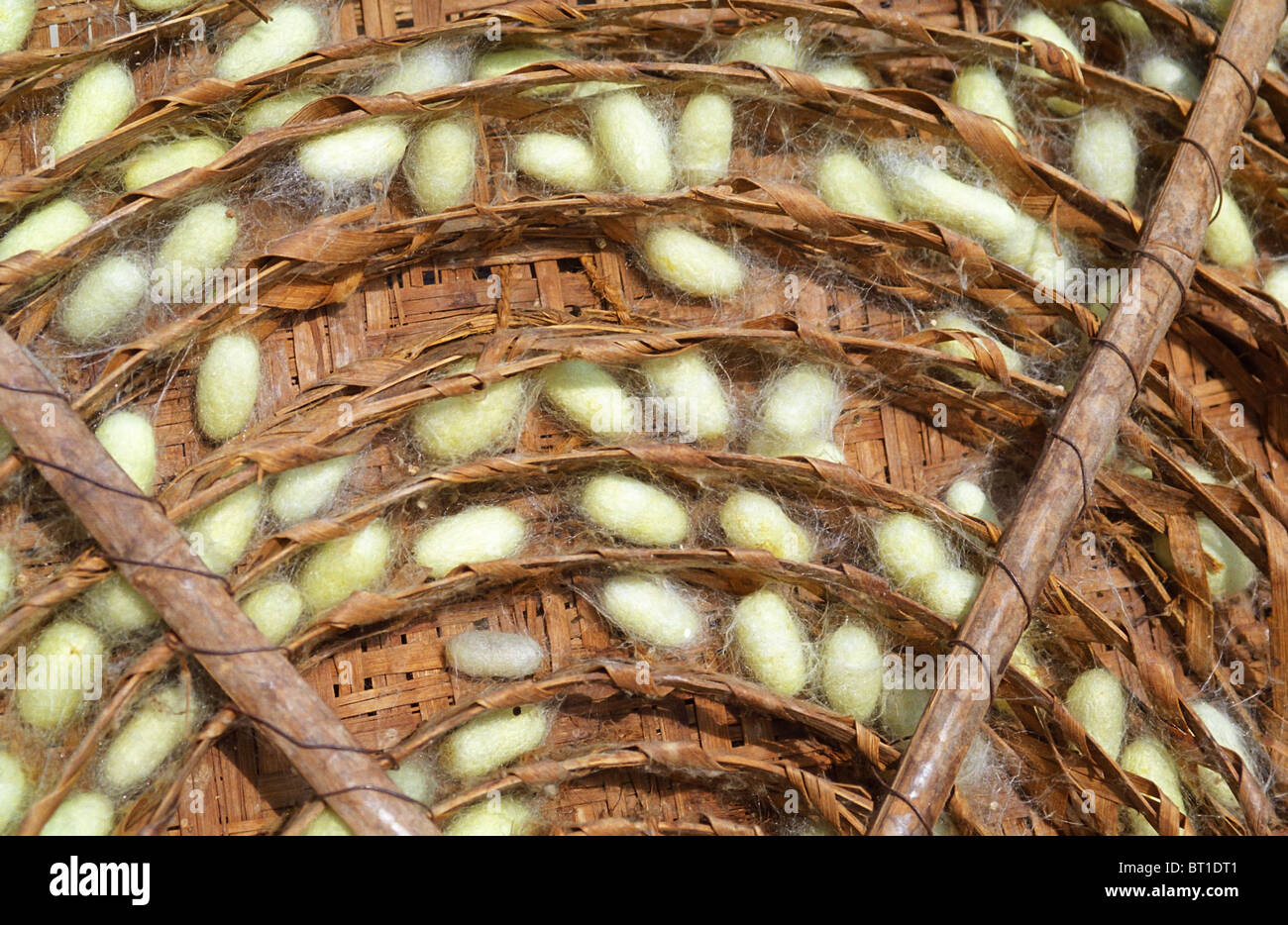

Entering of the larvae in this self-enclosed chamber, mark the beginning of pupal phase or commonly called dormant or diapause phase in silkworm’s life. The larvae voraciously eats on the plant leaves and copiously secretes a viscous salivary fluid rich in protein, which eventually forms a selectively permeable 11, thermoregulatory 11, 12, 13, UV-protecting 10, 14, 15, waterproof shell 9, 16 around its own body, termed as silk cocoon. An adult moth lay the eggs and upon hatching the larvae emerges. Silkworm has a typical four-stage lifecycle viz., egg, larvae, pupae and adult moth 1, 2, 3, 4, 5, 6, 7, 8, 9, 10, 11.

We further discuss the implication of this electrical energy conversion and its utility for consumable electricity.

Based on these results, we propose an equivalent circuit model of the SCM where an overall electrical output transfers the weather information to pupae, directing its growth. We discovered that a UV sensitive fluorescent quercetin derivative that is present on the SCM and pupal body surface is responsible for generating the observed photo current. The light to electricity conversion is more pronounced with ultraviolet (UV) frequency. How does the nervous organization of the dormant pupae sense the environment even while enclosed inside the cocoon shell? We propose that the SCM does this by capturing the incident light and converting it to electricity in addition to translating the variation in temperature and humidity as an electrical signal. The firing pattern of the cells is a function of the environmental factors that eventually controls the pupal development. Extrinsic factors are environmental like temperature, humidity and light. One key intrinsic factor is the temporal electrical firing of the neuro-secretory cells of the dormant pupae residing inside the silk cocoon membrane (SCM). Silkworm metamorphosis is governed by the intrinsic and extrinsic factors.


 0 kommentar(er)
0 kommentar(er)
